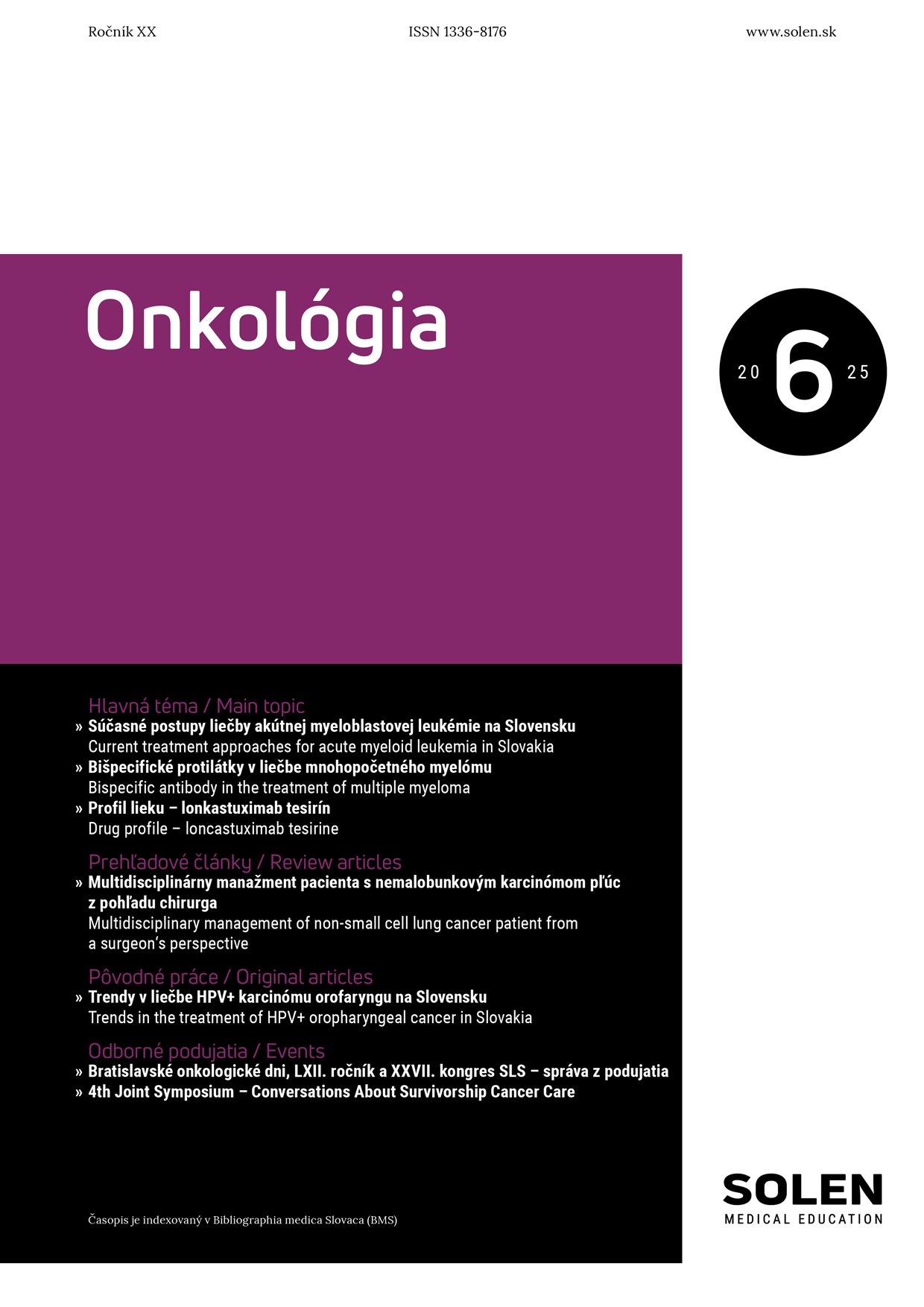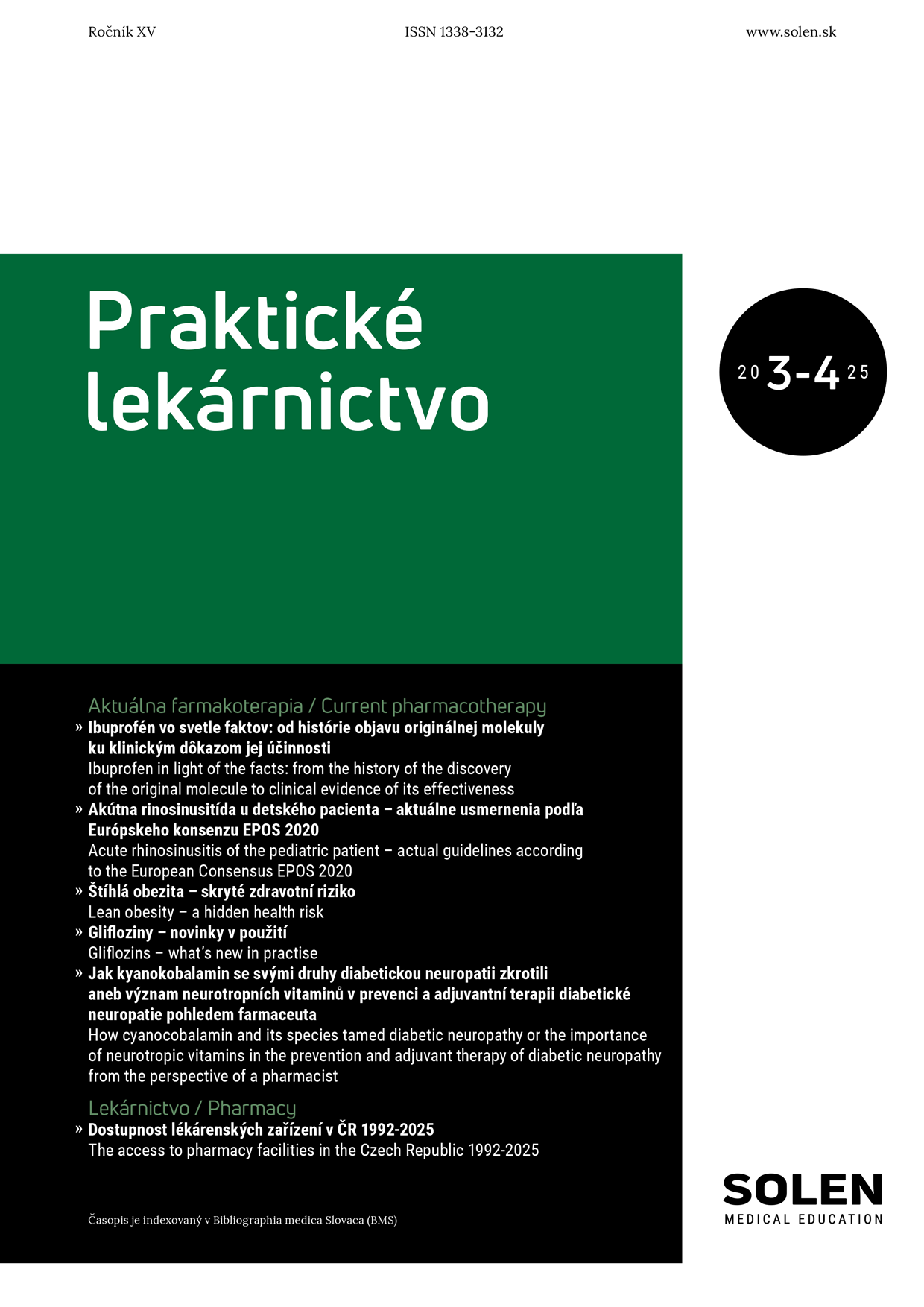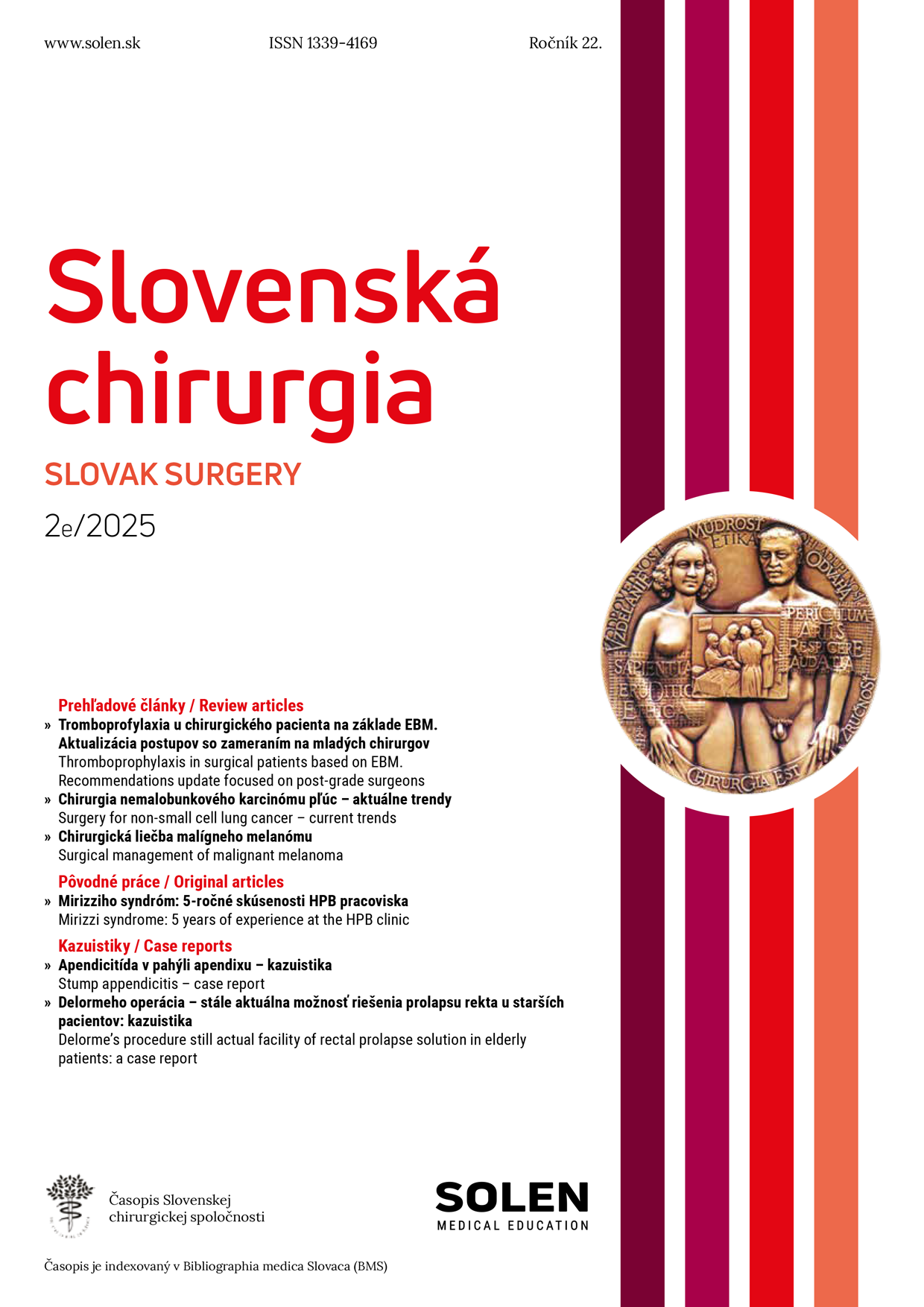Via practica 11/2006
ATB TREATMENT OF URINARY TRACT INFECTIONS
Urinary tract infection (UTI) is one of the most common bacterial infections encountered in general clinical practice. UTI incidence is increased in women and elderly. The most common pathogen is E. coli, which is responsible for more than 50 % UTIs, the other pathogens are gram-negative rods, Pseudomons aeruginosa, enterococci, coagulase-negative staphylococci. UTIs due to candida spp. are described in immunocompromised host. for uncomplicated lower UTI causative short course therapy, defined as single shot therapy or 3 days of oral therapy, is recommended. for male is recommended duration of therapy 3 and more days. Preffered antiinfectives are fluoroquinolones, cotrimoxazole, second or third generations of cephalosporines, potenciated aminopenicillines, fosfomycine. The empirical treatment is often served to patients with acute pyelonephritis, in cases of complicated UTIs or septicaemia are patients required combination of 2 antiinfective agents. Removing of factors which lead to recurrent UTIs (anatomical stops, vesicouretheral reflux etc.) is generally recommended. In patients with recurrent UTIs, especially in those, which have anatomical or functional defect of urinary tract, is chemoprophylaxis of UTIs required.
Keywords: urinary tract infections (UTI) – cystitis, urethritis, acute pyelonephritis – antiinfective treatment.

















